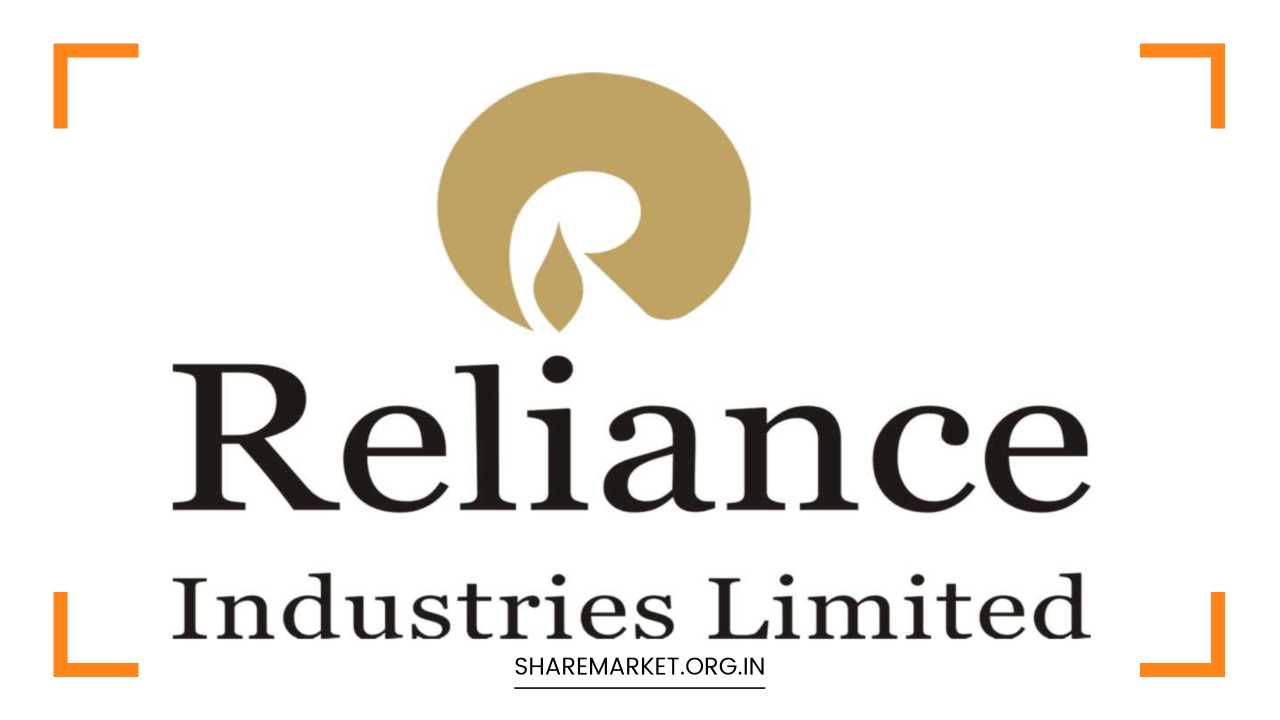Reliance Industries Q1 Results: Profit Down 4. 5%, Revenue Up 11.5%

Reliance Industries Q1 Results
Reliance Industries Q1 FY25: A Deep Dive
Reliance Industries Limited (RIL), India’s largest conglomerate, unveiled its financial performance for the first quarter of the fiscal year 2024-25, presenting a complex interplay of strengths and challenges across its diverse business portfolio.
Consolidated Performance
RIL’s consolidated revenue for the quarter surged by 11.5% year-on-year to Rs 257,823 crore, primarily driven by higher oil and product prices in the O2C segment and strong growth in the consumer-facing businesses.
However, the net profit dipped by 4% to Rs 17,448 crore compared to the same period last year, primarily due to headwinds in the Oil-to-Chemicals (O2C) segment.
EBITDA for the quarter inched up by 2% to Rs 42,748 crore, reflecting a mixed bag of performances across segments.
While the overall EBITDA increased, the EBITDA margin contracted to 16.6% from 18.1% in the corresponding quarter of the previous year, indicating that while revenue grew, the company’s profitability faced pressure.
Segmental Performance
- Oil & Gas: This segment emerged as a clear standout, with EBITDA soaring by 30% year-on-year to Rs 5,210 crore. The segment benefited from higher gas prices and increased production, particularly from the KG D6 basin. The upstream business showcased robust growth, positioning it as a key growth driver for the company. The segment’s strong performance was further bolstered by improved operational efficiency.
- Reliance Retail: The retail arm continued its impressive growth trajectory, with revenue increasing by 8.1% year-on-year. EBITDA from the segment climbed by 10.5% to Rs 5,664 crore, driven by strong footfall growth, expansion of store network, and a focus on private labels and digital initiatives. Reliance Retail’s ability to adapt to changing consumer preferences and its focus on value-added services contributed to its strong performance.
- Telecom: Reliance Jio reported a net profit of Rs 5,445 crore, up 12% year-on-year. The segment’s revenue grew by 7.1% to Rs 26,478 crore, supported by strong subscriber additions and average revenue per user (ARPU) growth. Jio’s 5G network expansion and focus on digital services were key growth drivers. The segment’s ability to maintain a high level of customer satisfaction and its focus on data-centric offerings contributed to its strong performance.
- Oil-to-Chemicals (O2C): The O2C segment was the primary drag on the overall performance. EBITDA from this segment declined by 14.3% year-on-year to Rs 13,093 crore. The decline was primarily due to lower refining margins and inventory losses caused by fluctuations in crude oil prices and product demand. However, the petrochemicals business demonstrated resilience, supported by strong domestic demand. The segment’s focus on cost optimization and product mix improvement will be crucial for its recovery.
Financial Position
RIL’s financial position remains strong. The company reduced its net debt by Rs 10,000 crore during the quarter, demonstrating its commitment to deleveraging.
The company’s cash and cash equivalents stood at Rs 2,12,220 crore as of June 30, 2024, providing ample liquidity for future investments and growth initiatives.
Key Takeaways
- Reliance Industries’ diversified business model has helped mitigate the impact of headwinds in the O2C segment.
- The Oil & Gas and Retail segments were the standout performers for the quarter.
- Reliance Jio’s continued strong performance is underpinned by subscriber growth and ARPU expansion.
- The O2C segment remains a challenge and will require strategic focus to improve profitability.
- RIL’s financial position is robust, providing a solid foundation for future growth.
Challenges and Outlook
While the current quarter’s results were mixed, Reliance Industries’ long-term growth prospects remain intact. The company’s focus on new energy, digital services, and retail will be key drivers of future growth.
However, challenges such as global economic slowdown, geopolitical tensions, and input cost inflation could impact the company’s performance in the coming quarters.
The O2C segment will continue to be a focus area for the company, with efforts to optimize operations and improve margins. Reliance’s investments in petrochemical capacity expansion and downstream integration are expected to drive long-term growth in this segment.
The retail business is expected to benefit from increasing consumption and changing consumer preferences. Reliance Retail’s focus on private labels, digital initiatives, and new store formats is expected to drive continued growth.
Reliance Jio’s 5G network expansion and focus on digital services are expected to drive subscriber growth and ARPU expansion. The company’s investments in emerging technologies such as AI, IoT, and cloud computing will be crucial for its future growth.
Overall, Reliance Industries’ diversified business model, strong financial position, and focus on growth initiatives position the company well to navigate challenges and capitalize on opportunities in the coming years.

















